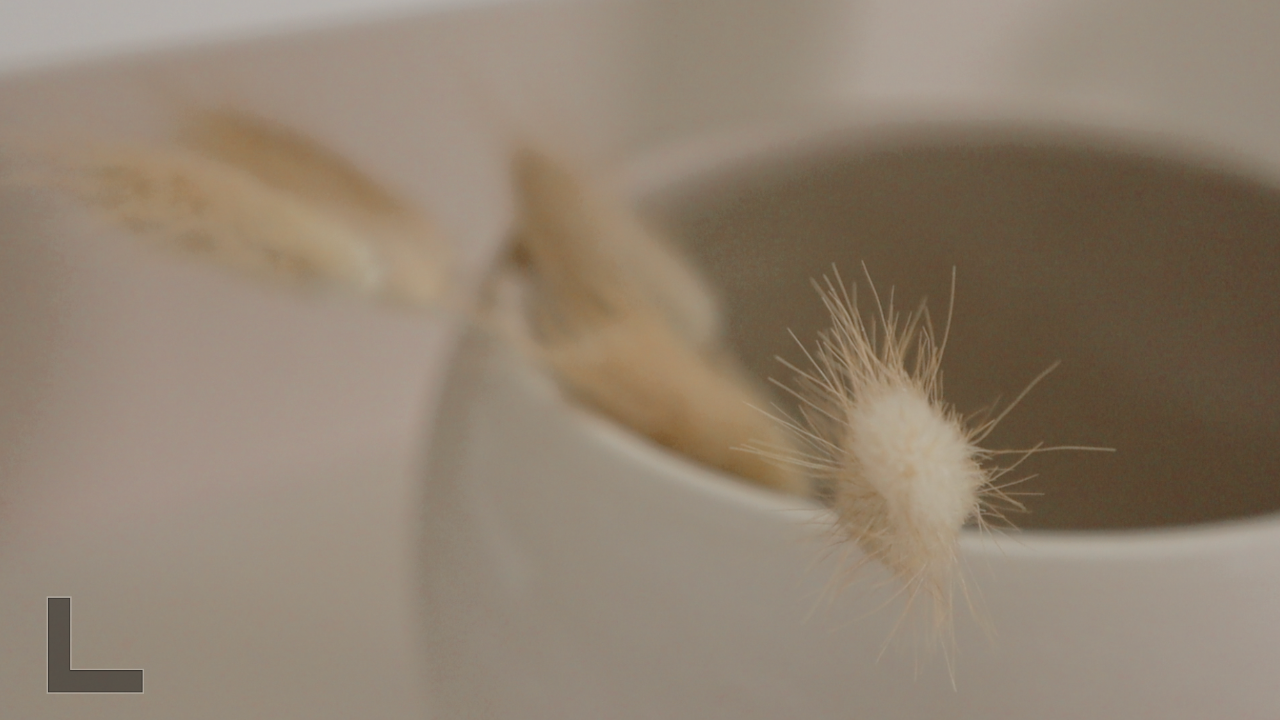How to Turn Mundane Routines Into Meaningful Rituals
Nov 08, 2023
We put so much effort into and pressure on larger rituals surrounding traditions like weddings, anniversaries, funerals, rights of passage, and milestone birthdays... (we’ve got a couple of those coming up). And while those are great, I love traditions; they can be stressful. There’s just so much shared expectation.
What really sticks is the little moments. Take, for example, a romantic relationship; it’s usually the super simple stuff that means the most. Like curling up in bed on chilled Sunday mornings or taking each other out to eat after a particularly disappointing day.
Our lives are strung together by repetitive threads of daily routines that construct our days. If we’re not careful, it can become all too easy to fall into a pattern of going through the motions.
Rituals transcend the mundane, infusing our lives with a sense of significance and connection. By transforming ordinary routines into conscious rituals, we not only add depth to our daily experiences but also anchor ourselves in mindfulness, gratitude, and a profound appreciation for the present moment.
Ritualizing routines involves infusing intention, mindfulness, and meaning into everyday activities. That’s not to say that everything needs to have meaning or be ritualized, but taking steps to transform a few of your routines into more meaningful rituals might bring a little more joy to your day.
Here are some ways that you can turn your thoughtless routines into hearty rituals.
1. Set the Right Environment
Create an environment that supports the ritual. This can include setting up a specific space, adjusting the lighting, playing soft music, or using certain scents or objects that enhance the experience.
I shared last week that I go all out with my meditation; it’s like a ritual of relaxation. I put my bed into zero-g, turn on the vibrations, and sink into a good body scan or serene meditation. I assure you I get so much more out of it than if I were just to sit and try not to think of anything. I give it a scene.
2. Intention Setting
Before starting the routine, set an intention or a specific focus for the ritual. It could be an affirmation, a word, or a feeling you want to cultivate during the process. This intention serves as a guiding force throughout the ritual.
For example, I’ve set the intention that walking up and down the stairs isn’t just a way to get somewhere but a method of getting my steps in. I’ve noticed that my posture changes when going up and down the stairs now because I’m treating it as an action for my health and well-being rather than an obstacle to refilling my water.
3. Reflect on the Purpose
Consider why the routine is important and what you hope to achieve or experience through it. Understanding the purpose behind your routine will lay the foundation for turning it into a ritual.
Being purposeful with our rituals can fight procrastination. These rituals help to reduce anxiety related to big tasks and can encourage us to refocus on the meaning behind the work we do.
4. Symbolic Gestures
Incorporate symbolic gestures or actions that hold personal meaning for you. For example, you can light a candle to signify the beginning of the ritual, use specific hand movements, or perform a brief meditation or prayer.
Athletes and coaches use rituals to increase performance by turning small, personalized acts into more significant ones. These rituals help to layer in levels of confidence, comfort, and focus.
5. Mindful Presence
Whatever the ritual, mindfulness is a very powerful tool to design your life and avoid living it on autopilot.
Approach the routine with mindfulness and presence. Instead of rushing through it, slow down and be fully present in the moment. Pay attention to each step, each sensation, and each breath. This heightened awareness allows you to fully engage with the ritual.
For example, research shows that mindful eating can indeed improve the flavour of your food, making you feel more satisfied. It’s also been linked to healthier eating habits and lower rates of obesity. Pay attention to the textures and the way you chew, the warmth or chill of your drink. Try to add and appreciate a bit of presentation.
Showering can become an opportunity to become mindful of your body and its connection to your mind. Focus on the sensation of the water on your skin and the way your thoughts seem to flow more easily. Bathing is my relaxation time. Design a ritual that will help you protect the space, time, and energy to take care of yourself.
6. Gratitude and Reflection
Take a moment to express gratitude for the opportunity to engage in the ritual. Reflect on the experience afterward and take note of any insights, emotions, or changes you observed during the process.
7. Consistency and Repetition
To solidify the ritual, practice it consistently. Regular repetition helps to reinforce the sense of meaning and significance associated with the activity.
Remember, the transformation from routine to ritual is about infusing intention and mindfulness into your everyday actions. By approaching your activities with purpose, presence, and a sense of meaning, you can turn even the most mundane routines into powerful and transformative rituals.
What daily rituals might look like
Ok, do you want more specific examples? Here’s what it really looks like to ritualize mundane tasks:
Morning Wake-Up
- Routine: Hitting the snooze button multiple times.
- Ritual: Before getting out of bed, take three deep breaths and stretch. Whisper or think of a positive affirmation like "Today is a new opportunity."
Coffee or Tea Making
- Routine: Quickly make a cup with an instant mix.
- Ritual: Grinding your own coffee beans or using loose-leaf tea. As the water heats, take a moment to inhale the aroma. Pour the water slowly and watch the color change, savoring the process.
Meal Times
- Routine: Eating quickly in front of the TV.
- Ritual: Set the table, even if you're alone. Light a candle. Take a moment of gratitude for the food and the hands that prepared it. Chew slowly, savoring each bite.
Shower Time
- Routine: A quick shower to get clean.
- Ritual: Use this time as a cleansing ritual for both body and mind. Envision the water washing away any negativity or stress. Use a special soap or essential oil for added sensory pleasure.
Work Start
- Routine: Jumping straight into emails or tasks.
- Ritual: Begin with a five-minute meditation or a few stretches. Review your to-do list and prioritize, setting clear intentions for the day.
Exercise
- Routine: Rushing through a workout to get it over with.
- Ritual: Dedicate your workout to someone or something. For instance, "This run is for my personal growth" or "This yoga session is in gratitude for my healthy body."
Evening Wind-Down
- Routine: Watching TV until you fall asleep.
- Ritual: Create a bedtime ritual. It could involve reading a few pages of a calming book, journaling, or practicing a short meditation. Maybe apply a special night cream or light a scented candle.
House Cleaning
- Routine: Cleaning up messes as they happen.
- Ritual: Choose a specific day and time for house cleaning. Play uplifting or calming music. View each task as an act of self-care, creating a peaceful environment.
Driving/Commuting
- Routine: Mindlessly commuting to work, often with stress.
- Ritual: Start with deep breaths. Listen to a specific podcast, audiobook, or playlist that you reserve only for commuting. Use this time as an opportunity for learning or reflection.
Grocery Shopping
- Routine: Rushing through the store grabbing items.
- Ritual: Make a list ahead of time. As you pick each item, take a moment to be thankful for the abundance available to you. Maybe even make it a point to try one new ingredient each week.
There you go! I wish you a very present, meaningful fall.



